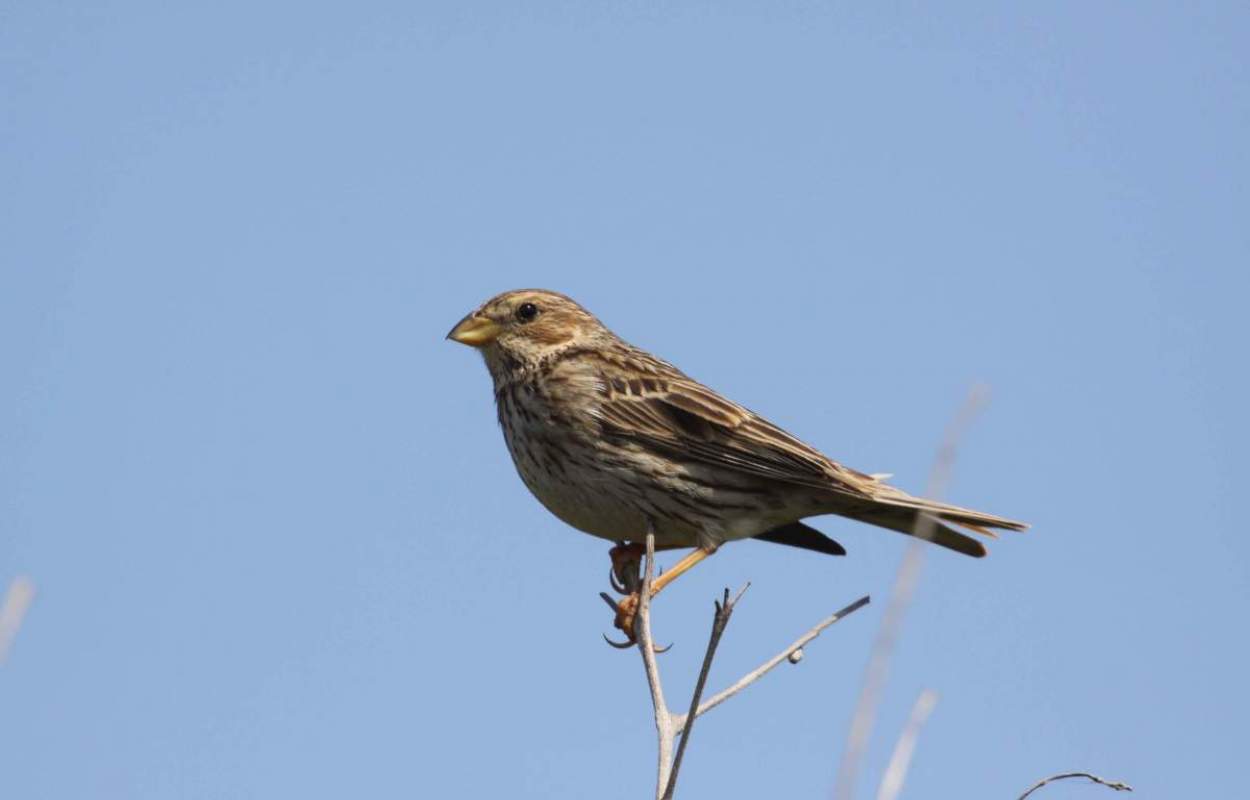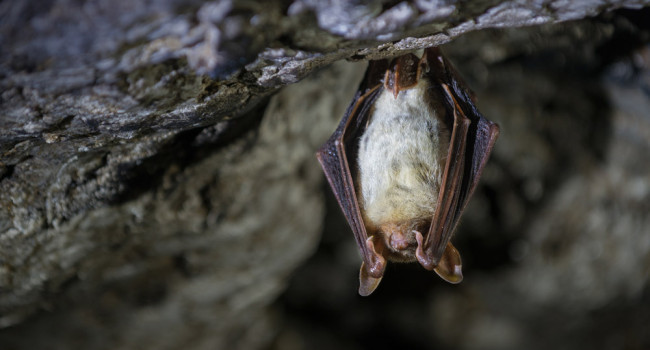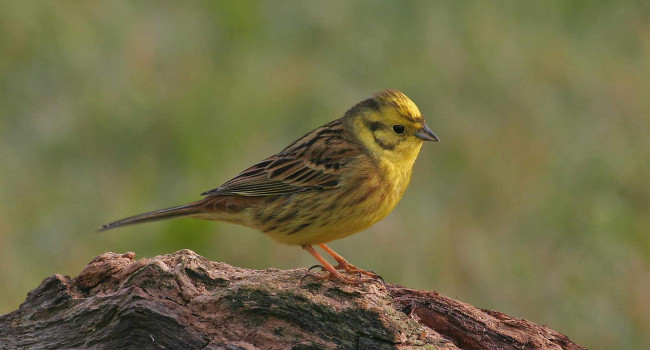The consequences of land sparing for birds in the United Kingdom

Author(s): Lamb, A., Finch, T., Pearce‐Higgins, J.W., Ausden, M., Balmford, A., Feniuk, C., Hirons, G., Massimino, D. & Green, R.E.
Published: February 2019
Journal: Journal of Applied Ecology
Digital Identifier No. (DOI): 10.1111/1365-2664.13362
It has been argued, however, that wildlife-friendly farming might be more appropriate away from tropical deforestation ‘frontiers’. In the UK, for example, some species which depend on large areas of unmodified habitat have been lost. Instead, conservationists here are particularly concerned about declining farmland wildlife, which are probably unlikely to benefit from a land sparing strategy. An additional question relates to food demand: what might be the biodiversity consequences of reducing food waste, or making more efficient use of land by consuming fewer animal-derived foods?
In a new study published in the Journal of Applied Ecology, scientists from the University of Cambridge, RSPB and BTO estimated UK food demand in 2050 under three scenarios: ‘waste’ (50% reduction in avoidable post-harvest waste), ‘diet’ (50% reduction in animal product consumption) and ‘reference’ (no change in waste or diet). They then designed contrasting land-use strategies which met these levels of demand by either maintaining the UK’s current farmed area and increasing yields just enough to meet demand (‘no-sparing’), or by increasing yields in line with technical upper-bounds, allowing the farmed area to shrink and the area of woodland and wetland habitat to grow. They then estimated the change in population size of 156 breeding bird species data from the Breeding Bird Survey.
The study found that, on average, bird populations would decline under the no-sparing scenario but would increase under the sparing scenario. In other words, the benefits to bird populations of large-scale habitat restoration outweigh the costs of higher yields on farmland. Not all species showed the same pattern though: unsurprisingly, woodland and wetland birds did much better under the sparing strategy, whereas farmland birds did much worse. So, the overall benefits of land sparing should be considered in the context of this trade-off. Reducing food demand through changing diets or cutting food waste resulted in more positive bird population trends, but the sparing strategy still outperformed no-sparing when averaged across all species.
The study raises questions about land-use policies in the UK and elsewhere, where current agri-environment policies tend to favour wildlife-friendly farming approaches. Land-sparing policies are not without challenge though, and the authors highlight two important caveats. First, land sparing is unlikely to occur without policies which explicitly link yield-growth in one place to habitat restoration in another. Second, the high-yields associated with land sparing must be sustainable in the long-term and minimise the degradation of natural capital such as soil and freshwater.








Share this page